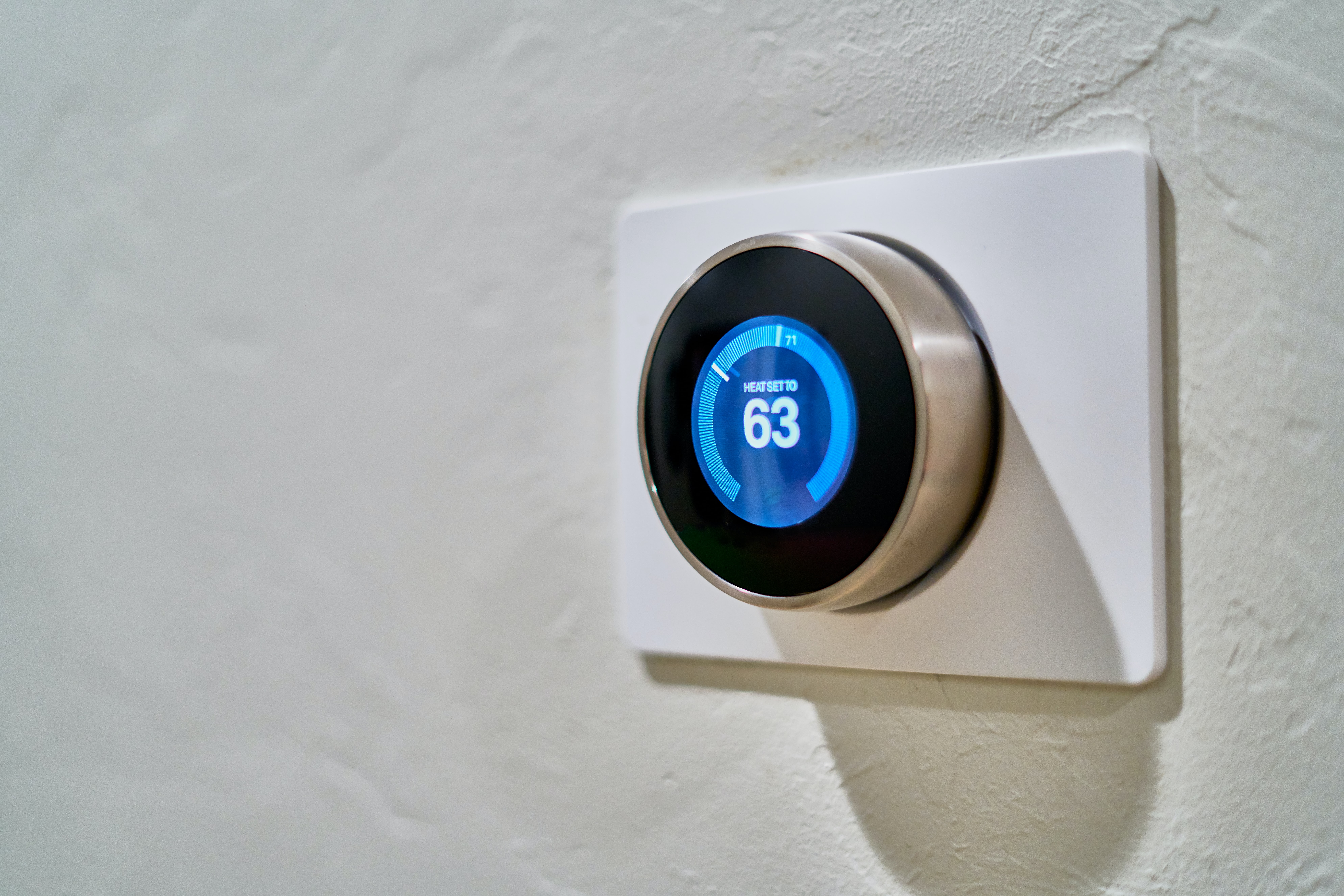
About Thermostat
What is a Thermostat?
In a general sense, a thermostat is the brain of your home’s heating or cooling system, always working to keep the temperature at a desired “set point.” In your house, the thermostat is typically located on a wall, and as it senses the temperature, it turns the HVAC system on or off to maintain the desired temperature.
So we can also say that Thermostat is a device that regulates the temperature of a heating and cooling system at the desired setpoint temperature. It is an essential part of devices like air conditioners and heaters and acts as a control unit by regulating the temperature. Basically it works like a On / Off switch regulates with temperature. There are basically 5 types of commonly used thermostat in HVAC Industry. Wifi Smart or Programmable Thermostat, 2. Mechanical Thermostat, 3. Digital Thermostat, 4. Programmable Mechanical Thermostat, 5. Data Logging Thermostat.
If your air conditioner is not giving the desired cooling effect, try to troubleshoot your Thermostat before calling a technician.
You might not even realize but a faulty thermostat can cost you a lot, in terms of your energy bills. So, why pay more? If you suspect that your air conditioner is not working properly, check your thermostat for central air conditioner troubleshooting. Wondering how to troubleshoot a Thermostat?
Follow these steps involved in thermostat troubleshooting to find if your thermostat is faulty:
- The first step involves checking the thermostat temperatures. You need to check the room temperature and the setpoint temperature. As you read earlier, the thermostat maintains the system at the desired setpoint temperature, so for an air conditioner, the setpoint temperature has to be below the room temperature and for a heater, the setpoint temperature will be above the room temperature. Check the room temperature. If it seems to be off, use a thermometer against it. You could regulate the room temperature of a digital thermostat using the instructions given in the user manual. Use the level to realign the thermostat.
- The next step of thermostat troubleshooting would be checking the connections of your thermostat. You need to remove the cover of the thermostat. The common connections are: R, the red terminal, the hot side of the transformer, that is 24-volt power, W, the white terminal for heat, Y, the yellow terminal for compressor activity or cooling, G, the green terminal for furnace blower fan and C is the common side of the transformer or 24 volts. In the case of battery-powered thermostats, C will not be wired. Check how R is connected to W, Y or G. Check for any loose connections and corrosion on the wires and the contacts points.
- Let’s move on to the next step by taking the thermostat out of the equation. Kill the power at the circuit breaker panel next. For your safety, never forget this step of shutting off power to the furnace. Once that is done, remove the wires from the thermostat and make the right connections. The work of a thermostat is connecting the red terminal to white, yellow and green terminals. So, bring the R and W wire ends in contact and turn the power on, this should turn the furnace on. Similarly, by connecting R to Y wire and R to G wire, the cooling and fan should start working too. If making these connections solved your problem, you have successfully performed your task of thermostat repair. In case of the battery-powered thermostat, you need to check if the batteries are dead.
- Sometimes, the problem lies in the fact that the thermostat might be dirty. Cleaning the thermostat might also solve your problem. For cleaning the thermostat, shut the power and remove the thermostat cover. Use a soft brush and clean the bi-metal coil very gently and reassemble the thermostat. Read more on troubleshooting hot water heater problems.
Hopefully, you found this information useful. Now you know what to do if your air conditioner or heater is not working properly. Even if thermostat troubleshooting isn’t that difficult, get your thermostat checked soon, if you can’t fix it, so that you don’t end up paying high energy bills.
If you would rather gain the professional assistance of an expert, get in touch with one of our technicians at AVS Heating & Air Conditioning. We will have our expert get your thermostat repaired or replaced, respectively.


